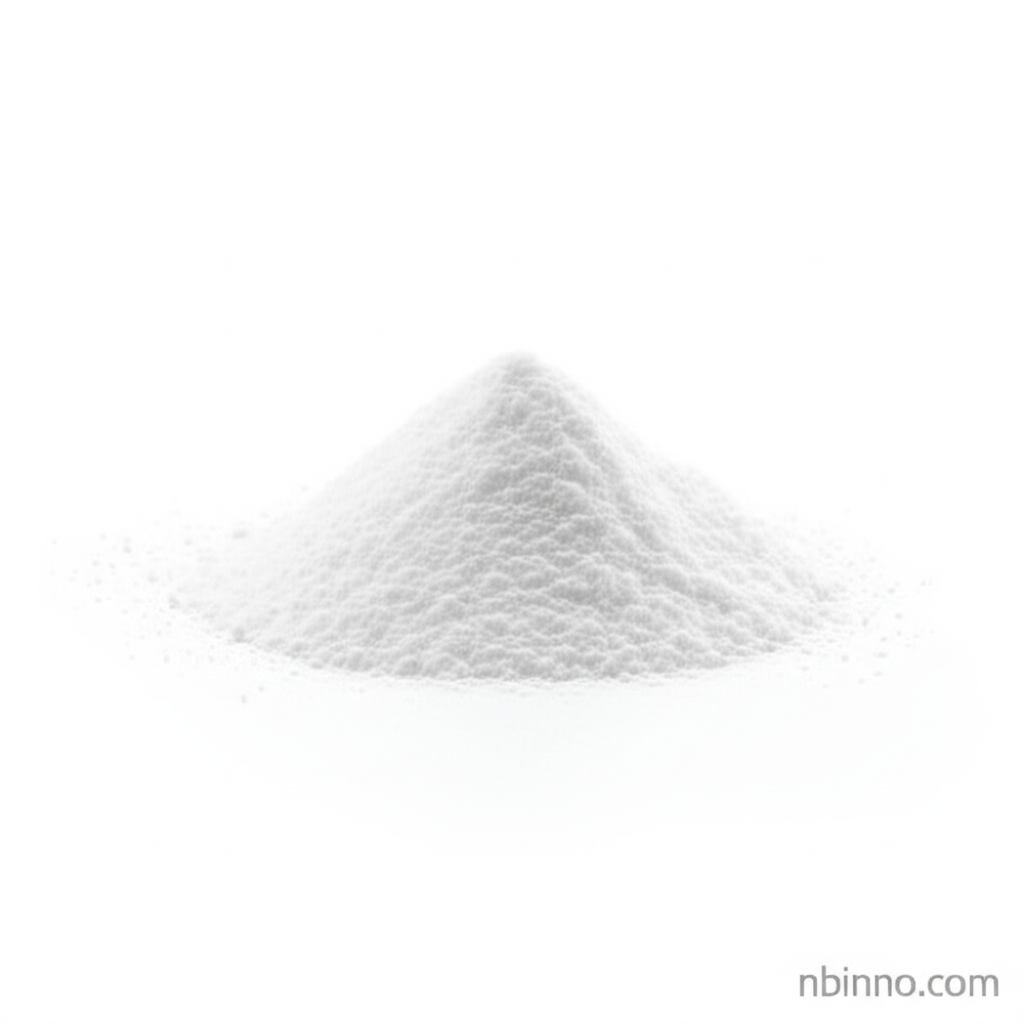Verteporfin: Mechanism, Applications, and Safety in Ophthalmic Photodynamic Therapy
Explore the targeted approach of Verteporfin PDT in treating various ocular conditions.
Get a Quote & SampleProduct Core Value

Verteporfin
Verteporfin is a light-activated photosensitizer used in Photodynamic Therapy (PDT). It works by forming cytotoxic products in an aerobic environment upon light activation, which then destroy abnormal biological structures. Its preferential accumulation in neovasculature makes it particularly effective for treating ocular conditions characterized by abnormal blood vessel growth.
- Leverage Verteporfin PDT mechanism to selectively destroy abnormal choroidal neovascularization, a key benefit in treating conditions like Age-Related Macular Degeneration.
- Understand the verteporfin for central serous chorioretinopathy applications, noting its potential role in resolving fluid leakage.
- Explore verteporfin in polypoidal choroidal vasculopathy treatment, examining its effectiveness and potential recurrence rates.
- Review verteporfin photodynamic therapy safety considerations, including contraindications and potential adverse events.
Key Advantages
Targeted Cell Destruction
The photodynamic action of Verteporfin allows for precise targeting and destruction of aberrant cells, minimizing collateral damage to healthy tissues, which is crucial for conditions like verteporfin for age-related macular degeneration.
Versatile Ocular Applications
Demonstrates efficacy across a range of ophthalmic diseases, including choroidal neovascularization secondary to various causes, as discussed in verteporfin for choroidal hemangioma cases.
Established Therapeutic Protocol
The verteporfin dosage and administration guidelines are well-defined, supporting its use in clinical settings for various indications, including complex cases of vascular pathologies.
Key Applications
Age-Related Macular Degeneration (AMD)
Used for predominantly classic subfoveal choroidal neovascularization, helping to prevent further vision loss by targeting abnormal blood vessels.
Polypoidal Choroidal Vasculopathy (PCV)
An effective treatment option, often in combination with anti-VEGF therapy, for PCV, a subtype of exudative AMD.
Central Serous Chorioretinopathy (CSC)
While often self-resolving, PDT with Verteporfin is considered for persistent or chronic CSC to address leaky blood vessels.
Choroidal Hemangioma
PDT with Verteporfin has shown efficacy in causing tumor regression and improving visual outcomes in patients with choroidal hemangiomas.
